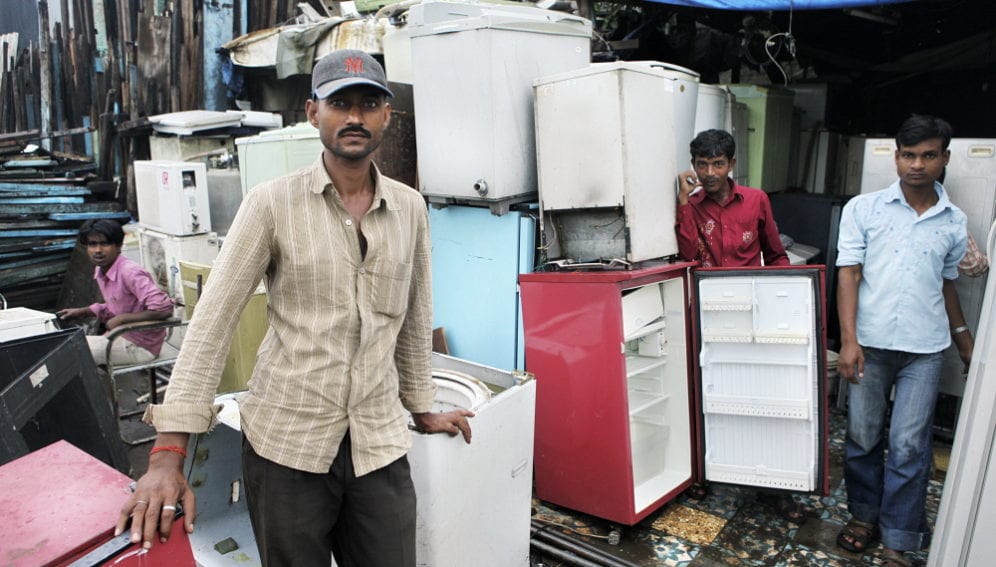By: Claudia Caruana
Send to a friend
The details you provide on this page will not be used to send unsolicited email, and will not be sold to a 3rd party. See privacy policy.
Efforts to rid the world of hydrofluorocarbons (HFCs), a group of powerful greenhouse gases mainly used as refrigerants, may depend on developing nations being able to leapfrog these chemicals to less harmful alternatives, an environmental group has warned.
HFCs were introduced following the 1989 Montreal Protocol as a replacement for chlorofluorocarbons (CFCs), which deplete the ozone layer, part of the atmosphere that helps to absorb harmful ultraviolet radiation from the sun. But while HFCs do not destroy ozone, they are potent greenhouse gases.
The Environmental Investigation Agency (EIA) says that the use of these artificial gases is growing exponentially and — on current trends — they could be responsible for 19 per cent of the warming effect exerted by total greenhouse gasses by 2050.
“Developing countries have no problem in phasing out HFCs if the deal is fair and equitable.”
Chandra Bhushan, Centre for Science and Environment
But if HFCs are phased out soon it could prevent up to 0.5 degrees Celsius of the forecast warming by the end of the century, says Mark W. Roberts, EIA’s international policy advisor.
Many industrialised countries such as the United States have already cut out HFCs, which are used in refrigeration and air conditioning systems. Modern replacements such as the hydrocarbons isobutene and propane can be used instead.
But poorer nations also have a part to play, Roberts says.
Developing nations have generally made less progress on replacing CFCs with HFCs. They were given more time to do this under the Montreal Protocol, because of the cost and technological requirements needed to do this.
Roberts says there now needs to be a “leapfrog effort to encourage these nations to start using the available and more environmentally friendly hydrocarbons instead of the HFCs for their refrigeration, air conditioning and other manufacturing needs”.
During the UN Climate Summit 2014 last month, the EIA called for a global agreement to eliminate HFCs.
Chandra Bhushan, deputy director general of research organisation the Centre for Science and Environment in New Delhi, India, agrees it is important for developing countries to eliminate HFCs. But for this to happen, developing nations will need help with both finance and technology, he says.
But the most important factor will be solid assurances that they will be able to move to the technology of their choice rather than the one imposed by developed nations, says Bhushan.
“Developing countries have no problem in phasing out HFCs if the deal is fair and equitable,” he says.














